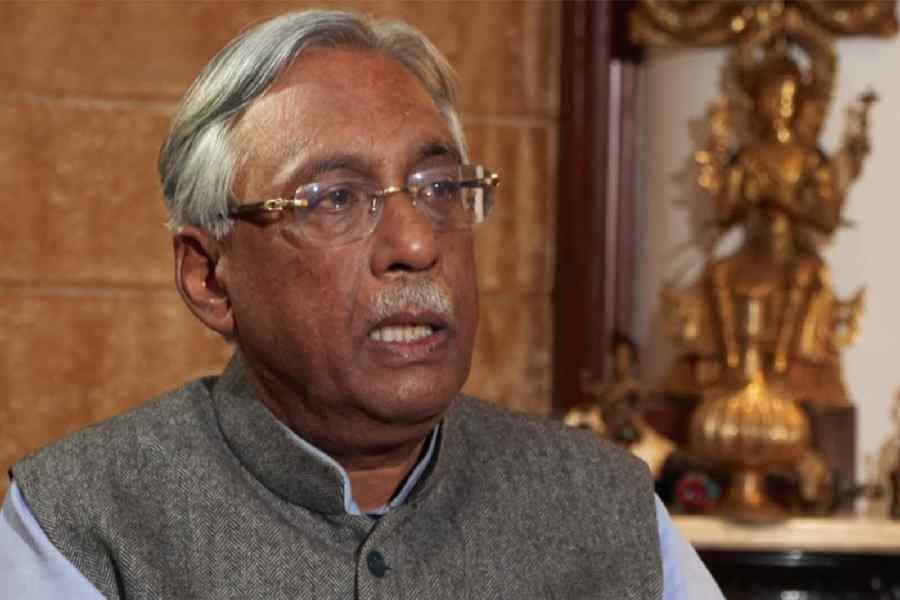 |
| Kim Plofker |
Hyderabad, Aug. 20: Centuries before modern European mathematicians formalised the concept of infinity, ancient Indians dabbled in numbers so gigantic that their motivations have left even 21st century mathematicians baffled.
A series of Indian texts dated from about 1000 BC to the 2nd century BC described mystifyingly large numbers, some with no links to reality, delegates at the International Congress of Mathematicians 2010 under way have said.
“It’s astonishing — the fascination with large numbers goes very far back in India,” said Kim Plofker, a mathematics historian at the Union College, Schenectady, New York, a plenary speaker at the congress who has analysed ancient Sanskrit, Buddhist, and Jain texts.
The Yajur Veda, which some scholars believe was composed around 1400 BC, has a line that invokes successive powers of 10 up to a trillion, Plofker said in a special paper circulated at the congress.
“Such vast numbers could have had no practical application in the context of Vedic culture,” she wrote.
The allure of large numbers is also visible in the epic Mahabharata that describes a cosmic time span over four billion years long, constructed out of 360-year periods, said Plofker, who told The Telegraph she was drawn to ancient Indian mathematics after opting for a Sanskrit course because it had a script unfamiliar to her.
Her paper also cites examples of large numbers from Buddhist and Jain scriptures.
While English mathematician John Wallis assigned the ribbon-like symbol for infinity in 1650 and German mathematician George Cantor provided a logical foundation for the concept of infinity, Plofker said, Jain texts from the early centuries of the first millennium explored concepts of infinity.
“Ancient Indians appeared to enjoy using large numbers,” said Shrikrishna Dani, a mathematician at the Tata Institute of Fundamental Research who is pursuing research in pure mathematics but is interested in its history. “This seems to be something unique to India — we don’t have evidence of such large numbers so far from cultures elsewhere,” Dani said.
“There were some attempts to relate it to nature, but it appears to be a part of the process of abstract thinking,” Dani said.
One Buddhist text from the early first millennium refers to what Plofker has described in her paper as “sequences of numbers that could be conceived only through mind-boggling comparisons” such as the number of grains of sand in the beds of a hundred million rivers.
Another Jain text from the early first millennium refers to a time period of two raised to the power of 588.
Some scientists believe observations of nature may have driven the abstract thinking that led to large numbers.
“It may have been connected to the sharp contrasts observed in nature — the vastness of a mountain to the smallness of a mustard seed,” said Roddam Narasimha, a senior scientist at the Jawaharlal Nehru Centre for Advanced Scientific Research, Bangalore, who has written papers on the subject.
The differences in the sizes, Narasimha said, could have stimulated thinking about how small as well as how large things might be.










